Current Status
As of Sept. 12
At this time:
- Johns Hopkins University has changed its COVID-19 vaccination policy. The university strongly recommends that all students, staff, and faculty receive at least one dose of any FDA- or WHO-authorized vaccine. More information
- Masking is optional in all campus, classroom, and work-related spaces; individuals may choose to continue masking. Faculty can request that students wear masks while in their classroom. More information
- The university offers symptomatic testing for students when clinically indicated at Student Health Services. Per CDC guidance, it is recommended that affiliates who are sick or experiencing COVID-19 symptoms stay home and away from others. More information





